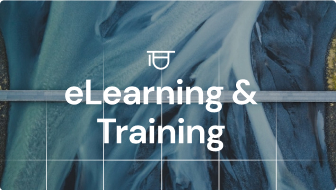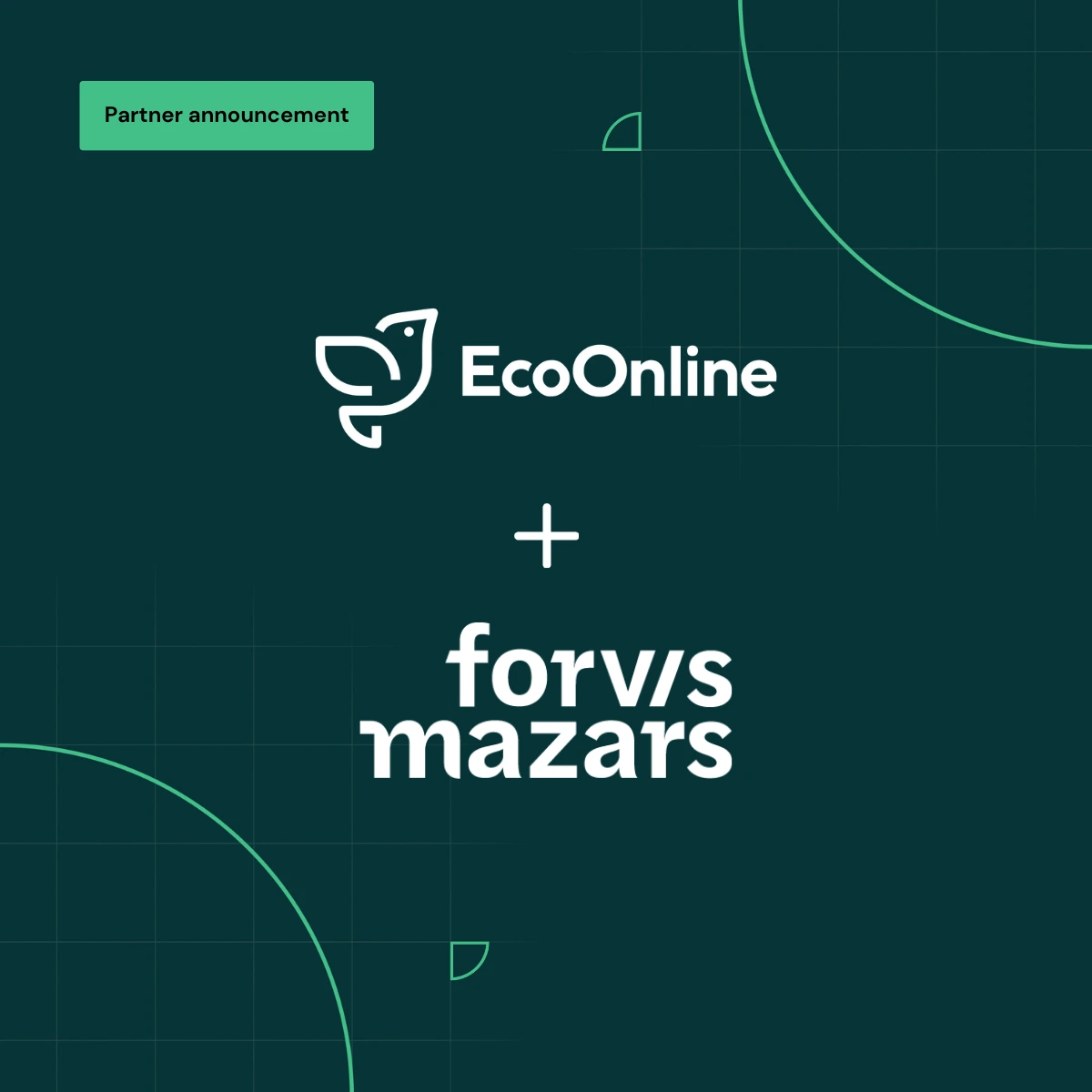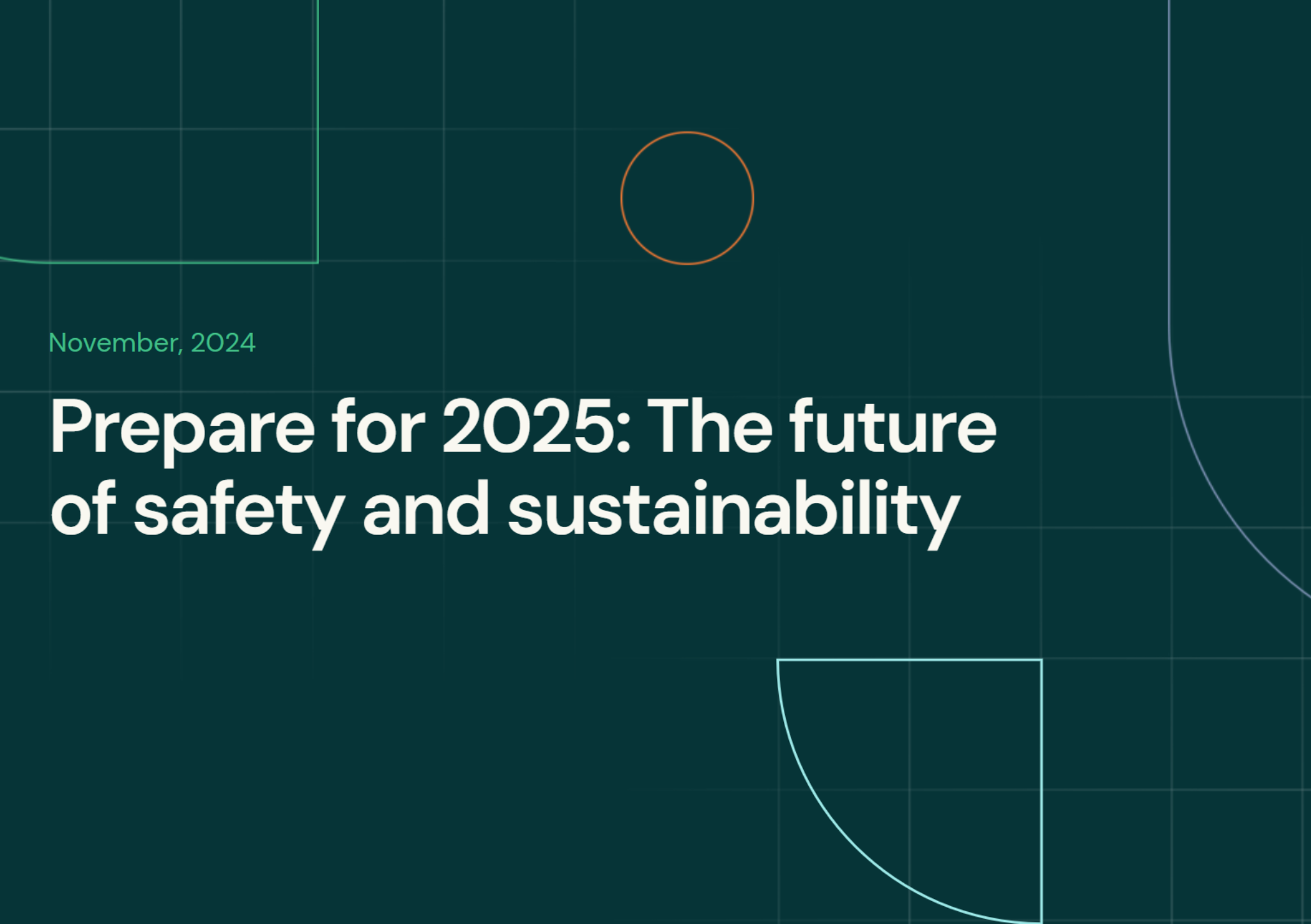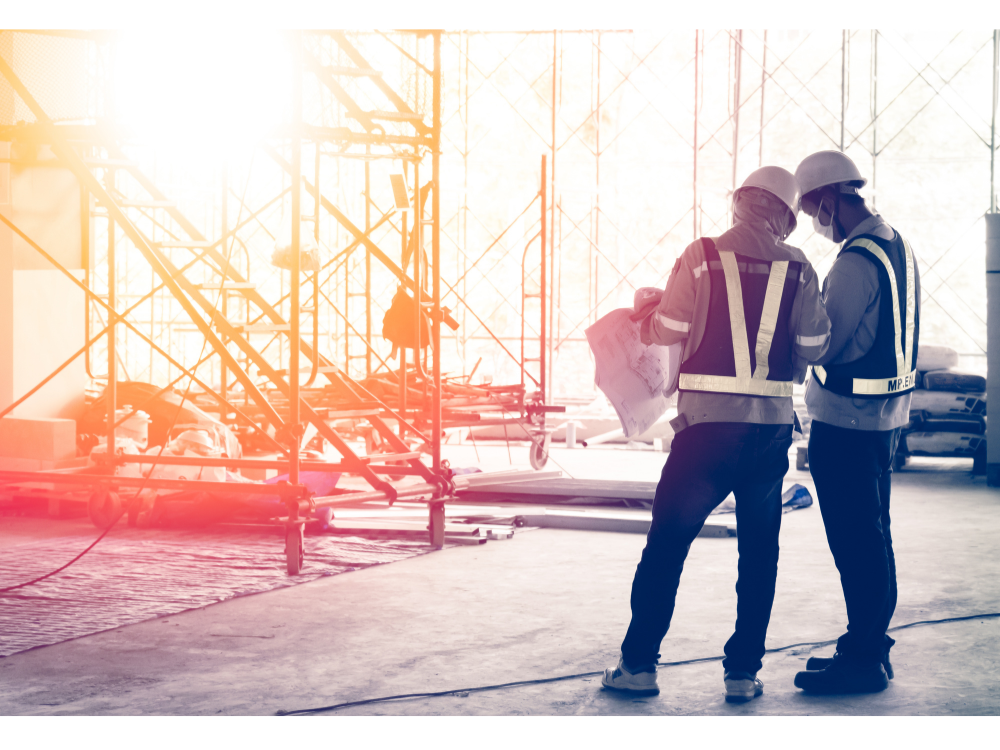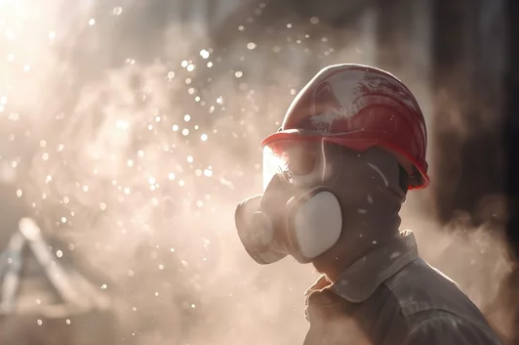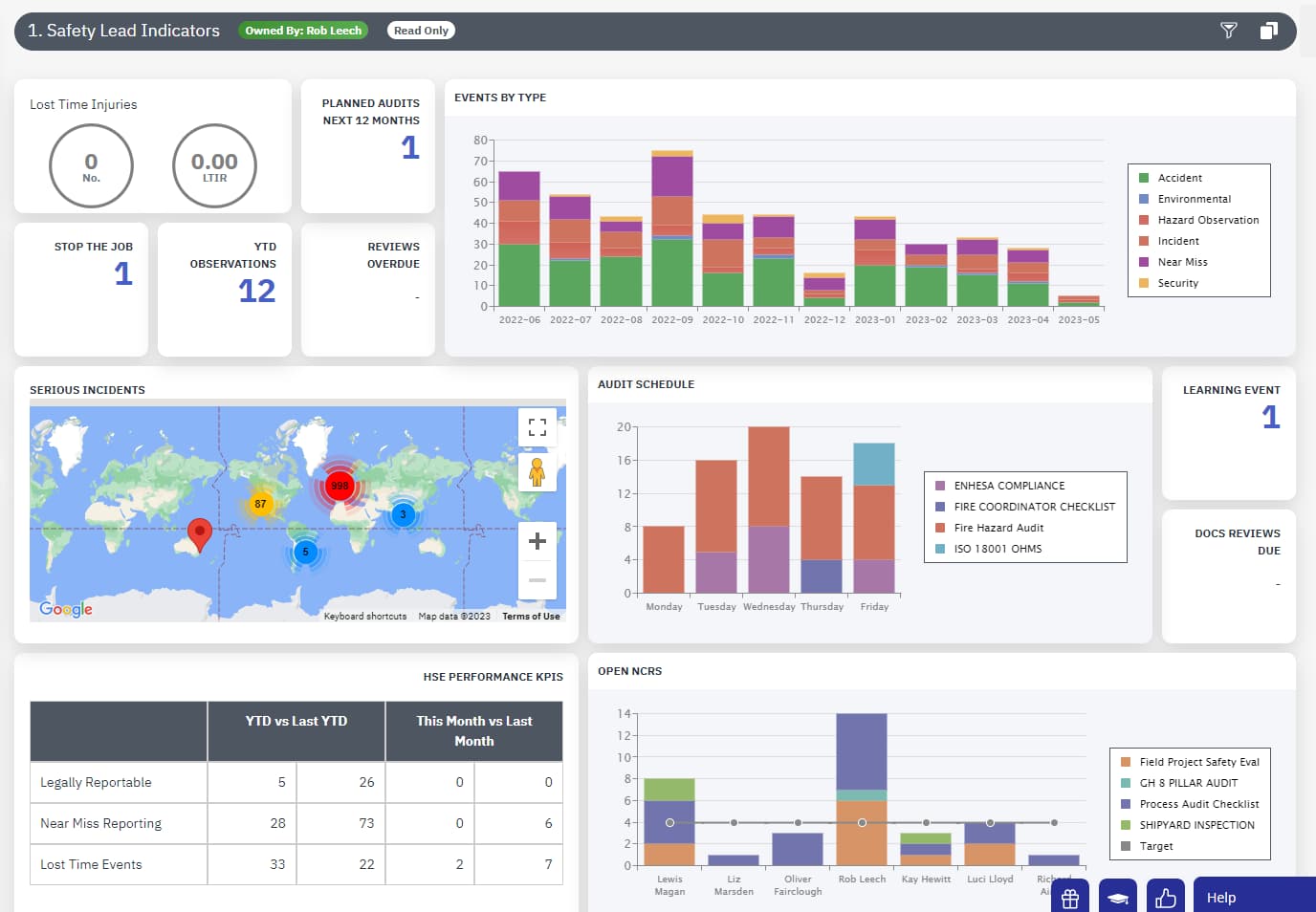Mental health and safety
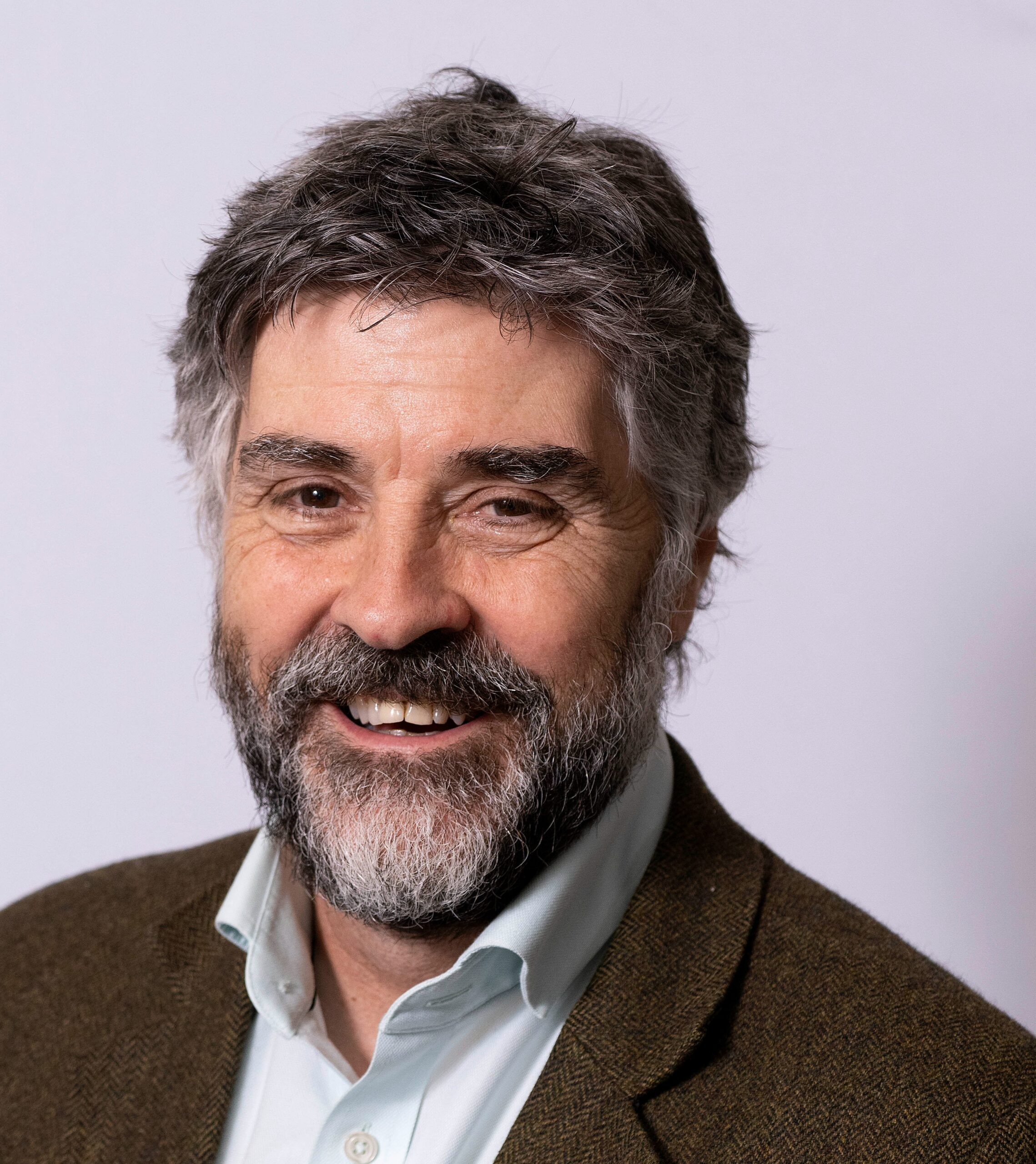
Mistake and Errors
The human brain is a wonderful thing – the most spectacular piece of kit in the universe by a country mile. However, it backfires, malfunctions and tires easily. It’s also really easy to distract, even in safety critical situations, as the infamous accident causing ‘hello boys’ advert of a few years back demonstrated so amusingly.
In short, on a typical day, research studies suggest we’ll be ‘away with the fairies’ or ‘in zombie mode’, on average, for five to 10 minutes each hour. This is bad enough for a small team of employees in a van but for organisations that have 10,000 employees worldwide that’s an awful lot of risk mounting up day-by-day.
Often a company will notice that the accident book contains nothing but ‘silly, easily avoidable’ accidents and some form of exhortation to ‘just please pay full attention and take care’ will be made. The trouble is that there is simply a physiology based upper limit to the effectiveness of this tactic.

Football and rugby are good illustrations. Professional players can certainly run for 90 or 80 minutes. It’s arguably the referees and crowd that need a break!
In safety we’ve long known that rather than say ‘pay full attention at all times’ it’s far more effective to say “if you see a trip hazard when you’re bright and alert, stop and clear it away, so that it’s not there to trip over when you come around the corner ten minutes from now”.
Again, the same principle applies to such as communication, dialogue, decision making and project and change management. Minimising cock-ups needs good habits and tactics dictated by a clear appropriate strategy.
CHAPTER 1
The perfect world
This limitation still applies to people who are ‘still you … but on a really good day’ as 1,001 supplement adverts have it. You are happy in your relationship, your family are well, you’re healthy personally, you have no money worries, you’re fully trained, good at your job and you enjoy it. You have a suitable level of autonomy (not too little, not too much) and you know where that job fits into the bigger picture so, just like the NASA caretaker who JFK asked ‘what are you doing today?’ you’ll respond “helping put a man on the moon Mr President” – or some such! And, of course, you’re not so flat out all the time you can’t even catch your breath, let alone reflect.
Most importantly your direct boss is emotionally intelligent. A pro-active and skilled communicator who gives negative feedback when required without personalising, generalising (or breaking any other golden rules) but who always looking for a chance to give positive feedback. Calm and assertive and always ‘adult to adult’ they are a skilled coach who asks questions to draw out knowledge and to deliver ‘discovered learning’ moments. They pro-actively ask ‘what’s key to a good day for you?’ (so that they can build in leeway) or ‘what do you need from me so that you can work efficiently and safely?’
When something goes wrong, they always first ask ‘why?’ curiously not jumping to blame but instead have the default of assuming there’s a contextual reason. They often pro-actively ask: ‘anything slow, inconvenient or uncomfortable about doing this job safely?’ knowing that if there is then it’s just a head count of how many people will be cutting corners.
In short, you work in an empowering supportive culture – not a blame ridden toxic one. Here clarity of thought isn’t requested, encouraged, wished for or demanded. It’s facilitated.
In summary, incidents of all types are less likely because people having bad days are:
- More likely to be distracted and low in situational awareness
- More likely to be fatalistic
- More likely to make bad decisions and have bad quality interactions with others (so setting off negative self-fulfilling prophecies and vicious rather than virtuous circles)
CHAPTER 2
Win-win
And this really is a win-win as good work is good for you. Because of meaning, purpose and (appropriate!) banter, people who enjoy their work are healthier than those that don’t need to work at all.
Engaged people also deliver far more discretionary effort or ‘above the line’ citizenship behaviours that are key to organisational excellence – or in these uncertain days just survival. And, from a safety perspective, as the saying goes ‘compliance itself is often discretionary’. (Indeed, get people switched on and engaged and 80% of your behavioural safety issues will take care of themselves).
But even if you have all this your risk profile will still look something like this:
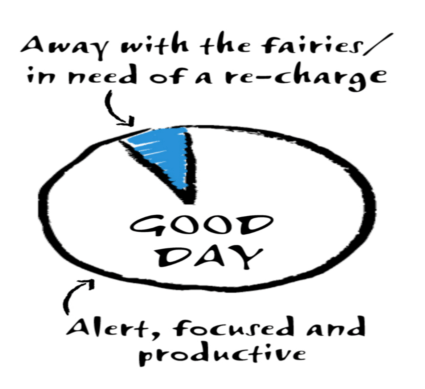
This is where ergonomists and clever designers are at the front line with advances in safety from Formula One demonstrating how to minimise the damage when inevitable mistakes occur and things go badly wrong. (You’ll note that not a single F1 driver has agreed to slow down or ‘take more care’ one iota!)
CHAPTER 3
Reason’s golden rules of error management
The safety guru James Reason’s golden rules of error management cover this area well when he says that ‘error is inevitable, but it clusters … so identify those clusters and remember that it’s much easier to change the circumstance than the person’. He also says that ‘we need to make good people great’.
I’d like to suggest this misses the real risks and points in the wrong direction because for many people their pie looks like this:
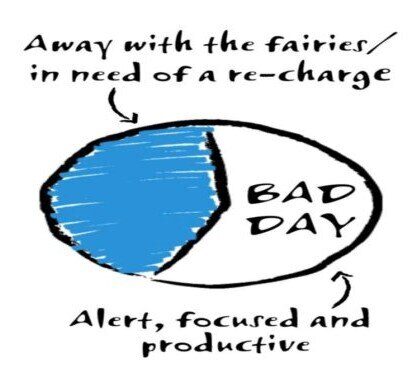
For me, it’s not so much about making good people great it’s about keeping the average person upright and effective.
We’ve all read the figures in the newspaper that say that post-covid ‘up to one in four’ are struggling with mental health and though that’s probably over-stating it (‘everyone has to have an illness so that everyone can buy our drugs’) it’s true that huge numbers are just trying to get through the day best they can. People hanging on by their fingertips are, if nothing else, highly unlikely to be delivering discretionary effort – and if they are (in panic and desperation) they’re unlikely to be doing it well.
Of-course, everything ripples and is interconnected so we’re all often subject to either viscous or virtuous circles. Our boss is horrible to us so we skip the gym and drink too much and snap at loved ones. Guilty about this we sleep badly.
The figures are unarguable. The ratio of working age people who kill themselves compared to those we kill in workplace accidents in the UK is more than thirty to one (12 to one even in a hazardous industry like construction). And a truly sickening figure that illustrates it’s not getting any better is that last year, in the UK, more students and pupils killed themselves than people were killed in work.
We can argue about the amount of ‘snowflake’ behaviour but it is unarguable that this final pie chart applies to many millions of people in the UK alone and hundreds of millions worldwide. But solutions need to be holistic, humanistic and integrated – not simplistic.
CHAPTER 4
The limitations of mental health first aiders
Mental health first aiders can play a key role in spotting people who are struggling and signpost them to appropriate support. They can also really help build a culture of ‘it’s OK to not be OK’. However, if they aren’t part of a holistic and integrated approach then they’ll be as effective as traditional first aiders are at mitigating the risks in a hazardous factory with a poor safety culture. (“Don’t worry Mrs Jones your son will be safe with us. Yes, it’s an old-style steelworks with toxic gases, un-guarded molten metal, flying fork lift trucks and a bullying profit obsessed culture but no need to worry as Billy over there is an excellent First Aider!”)
In many respects, given the risks and ratios above, working in such as a call-centre is actually far more hazardous – even if they have a ‘bikes and bananas’ wellbeing scheme. In fact, especially if they only have a ‘bikes and bananas’ scheme with the organisation hoping that’s got wellbeing covered!
For the same reasons individual resilience training should be the last and, in some respects, least important piece of a holistic approach. Illustrating this thinking, Susie Orbach (the world-famous psychiatrist) when asked whether she’d give everyone counselling if she had unlimited funds replied “no, I’d give all parents and managers emotional intelligence training”.
We know from safety excellence that we need to fully account for the human factor by a learning culture that pro-actively identifies risk and designs it out at source and that empowering, engaging, transformational leadership is key.
Turning pie three into pie one requires exactly the same approach. Don’t be frustrated by human limitations, anticipate them and mitigate them as pro-actively as possible.
Actually eating fewer pies also helps!
